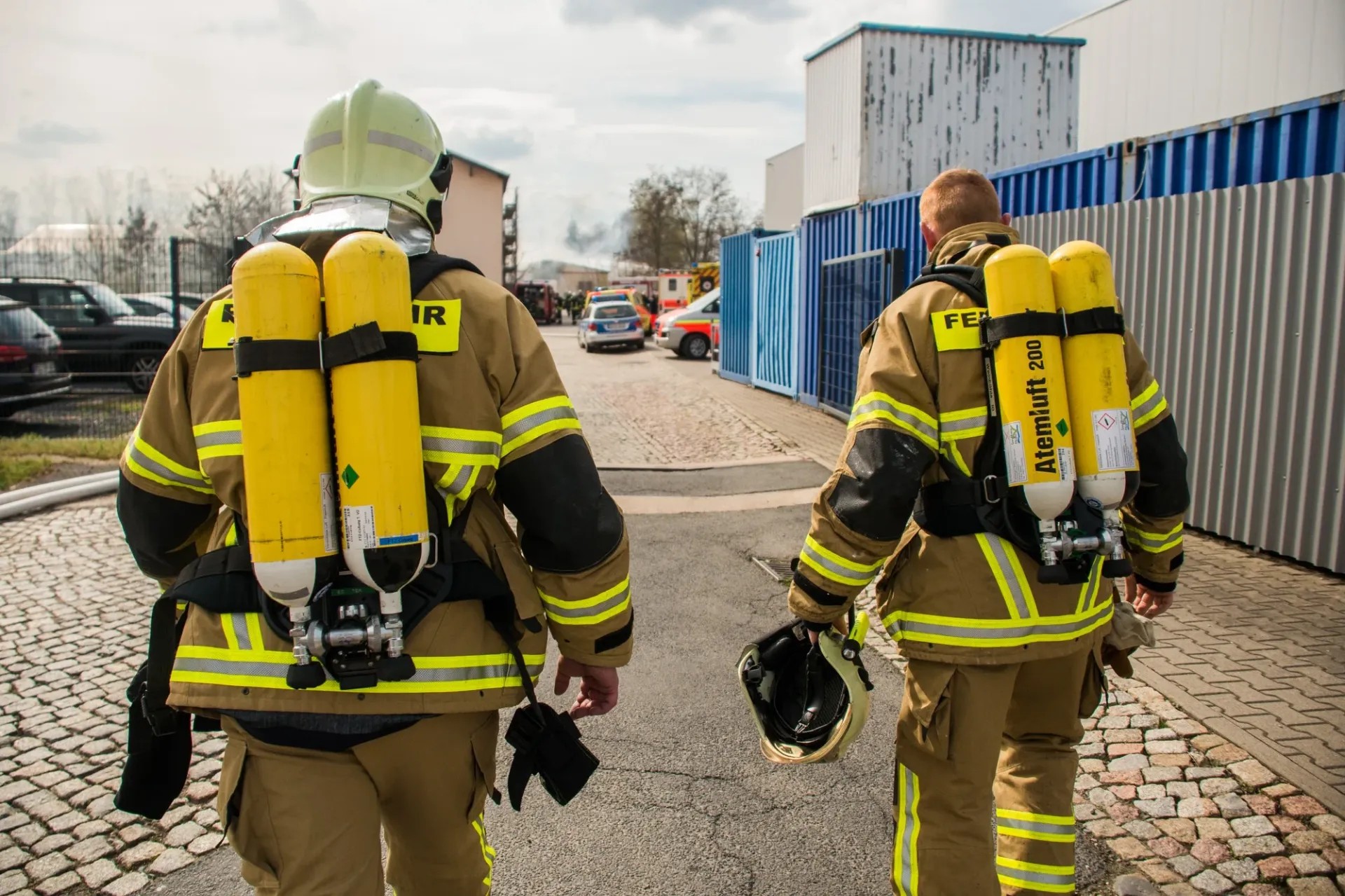Instances of Constrained Areas

Restricted spaces can be found in different sectors and offices, posturing possible threats to workers. These rooms are usually tiny and restrictive, making activity and retreat challenging in the event of an emergency. It is essential for employers and workers to be knowledgeable about these rooms and the risks they offer. In this article, we will check out some examples of typical confined spaces.
1. Containers and Vessels:
Tanks and vessels are just one of the most usual examples of constrained rooms. These can include storage tanks, silos, boilers, and mixing vessels located in sectors such as manufacturing, chemical handling, and oil and gas. These rooms typically have actually limited entry and leave factors and can include hazardous compounds or gases.
2. Sewers and Below Ground Vaults:
Underground sewer systems and vaults are one more example of restricted rooms. Employees that are in charge of repair and maintenance of drain lines or telecommunications cable televisions might need to get in these spaces. Drains and vaults can be oxygen-deficient, contain toxic gases, or posture the risk of flooding. Get affordable confined space rescue services here!
3. Trenches and Excavations:
Trenches and excavations are confined areas that are commonly run into in building and civil design. These rooms are commonly slim and deep, with unpredictable wall surfaces and possible exposure to utilities such as gas lines or electrical wires. There is a threat of collapse, as well as direct exposure to harmful gases and lack of oxygen.
4. Storage Space Facilities and Crawl Spaces:
Storage space areas and creep spaces in buildings can also be confined space examples. These rooms can be littered, badly aerated, and difficult to gain access to. Workers that need to carry out maintenance job, such as cleaning or repair service jobs, may face the danger of direct exposure to damaging materials, electrical risks, or lack of oxygen.
Finally, constrained spaces are not limited to a certain market or office. It is vital for employers to identify and assess these areas, execute proper safety procedures, and offer ample training to workers that might need to enter restricted areas. By comprehending the prospective threats related to confined areas, companies and staff members can collaborate to ensure a risk-free workplace.
Check out this related post to get more enlightened on the topic: https://en.wikipedia.org/wiki/Confined space.